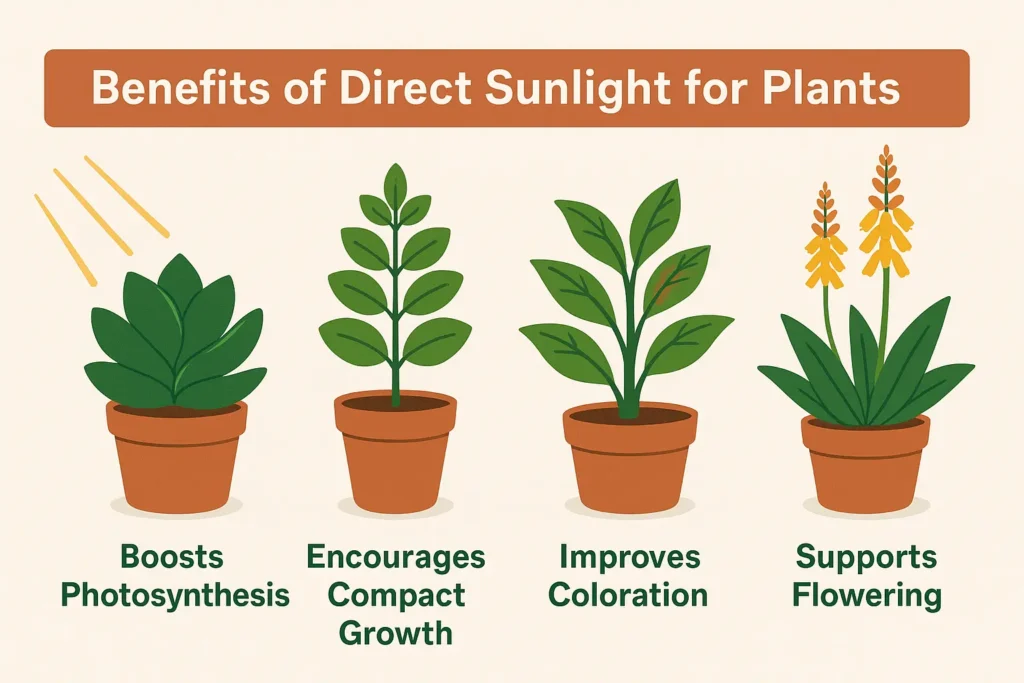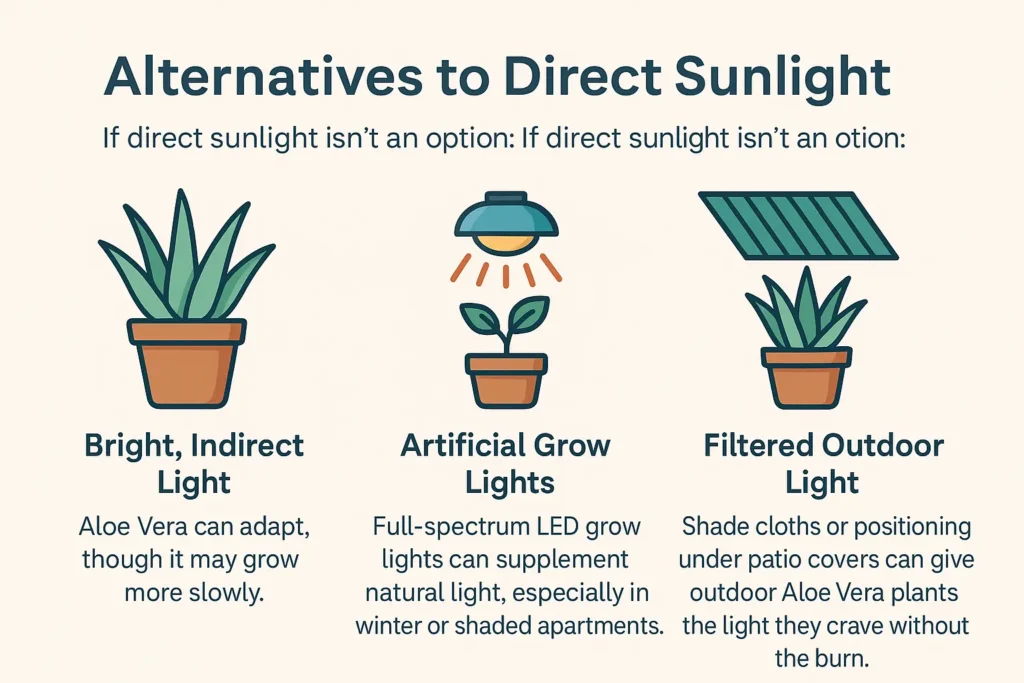Should Snake Plants Be in Direct Sunlight? A Complete Guide

Should snake plants be in direct sunlight? Snake plants generally prefer bright, indirect sunlight but are highly adaptable and can tolerate some direct sun exposure. However, too much harsh, direct sunlight can scorch their leaves. Ideally, they thrive in filtered light conditions or areas with a few hours of gentle morning sun. Observing their growth patterns and leaf health helps fine-tune their ideal placement in your home.
Understanding Snake Plants’ Natural Habitat
The snake plant (Sansevieria trifasciata), often called mother-in-law’s tongue, is a resilient houseplant native to the arid regions of West Africa. These areas experience intense sunlight, but snake plants typically grow under the partial shade of other vegetation or rocky outcroppings. This adaptation allows them to tolerate a variety of light conditions, from low light corners to brighter windowsills.
Their thick, upright, sword-shaped leaves are designed to store water, a classic sign of a plant accustomed to drier, sunnier climates. But despite this, snake plants aren’t true desert plants like cacti; they prefer bright, indirect light over prolonged exposure to harsh, direct rays.
Benefits of Direct Sunlight for Snake Plants
Let’s answer it again—should snake plants be in direct sunlight? Yes, because sunlight plays a crucial role in basil’s health and productivity. Here’s why:
- Boosted photosynthesis, leading to steady, upright growth.
- Enhanced leaf coloration, with deeper greens and more defined variegation.
- Encouragement of new leaf sprouts and healthier root systems.
For homes with limited light, positioning snake plants near an east-facing window provides ideal exposure — soft morning sunlight without the scorching intensity of afternoon rays.
Remember, more light often means faster growth for snake plants, but it’s essential to strike a balance.
Risks of Excessive Direct Sunlight
Too much of a good thing can turn problematic. Snake plants exposed to intense, direct sunlight for extended periods, especially from west or south-facing windows, may show:
- Leaf scorch or sunburn, visible as brown or bleached patches.
- Crispy leaf edges due to excessive water evaporation.
- Wilting or drooping from heat stress.
- Slower growth if the plant becomes dehydrated or stressed.
While snake plants are survivors, prolonged harsh sun can cause irreversible cosmetic damage to their striking leaves.cially during peak summer, basil appreciates some relief from the scorching afternoon sun..
Recommended Light Conditions for Snake Plants
So, should snake plants be in direct sunlight daily? Yes, but with care:
- 4-6 hours of bright, indirect sunlight daily.
- Direct morning sun exposure is fine, but avoid harsh afternoon sun.
- Indoors, place near east or north-facing windows, or a few feet back from sunnier exposures.
- Outdoors (in summer), keep in dappled shade or under a patio cover.
Snake plants can also survive in low-light environments, though growth will slow, and variegation might fade.
For more detailed light recommendations, check out the Plants for Direct Sunlight Guide.
Alternatives to Direct Sunlight
Not everyone has access to constant sunlight. If you’re asking, should snake plants be in direct sunlight if my home is shaded?, alternatives exist:
- Bright, indirect light filtered through sheer curtains works well.
- Artificial grow lights can supplement natural light, especially in winter.
- Position snake plants in brightly lit rooms but away from the direct path of sunlight beams.
For urban apartments or north-facing homes, this flexibility makes snake plants a go-to choice for beginners and seasoned plant owners alike.
Seasonal and Location-Based Adjustments
Lighting needs don’t stay static. Seasonal changes impact how much sun your snake plant receives:
- Summer: Increase protection from direct sunlight as rays intensify.
- Winter: Move snake plants closer to windows to maximize available light.
If growing snake plants outdoors during warmer months, choose a spot with morning sunlight and afternoon shade.
Practical Tips to Manage Light Exposure
Maintaining healthy light exposure for snake plants is less about rigid rules and more about observation:
- Watch for pale or yellowing leaves (not enough light).
- Monitor for scorched spots or browning (too much direct sunlight).
- Rotate the plant every few weeks for even light distribution.
- Use tools like light meter apps or simply the shadow test (sharp shadows mean high light).
Adjust placement accordingly. Even slight repositioning can drastically improve a snake plant’s health.and yield.
Conclusion
So, should snake plants be in direct sunlight? The answer is a balanced yes — but with caution. Snake plants tolerate some direct sun, especially gentle morning rays, but prolonged exposure to intense afternoon sunlight can cause damage. Their ideal environment is bright, indirect light, but they’ll survive in low-light spots with slower growth.
The key is observation. Adjust lighting based on the seasons, your home’s layout, and how your snake plant responds. With minimal fuss, you’ll enjoy this hardy, sculptural plant for years.
Check out our plants for direct sunlight guide. It’s packed with practical tips for sun-loving plants beyond basil.
Explore More Guides and Calculators
At PlantCalculators, we’re all about making plant care easier. Dive into our other handy guides and tools:
- Mulch Calculator: Find out how much light your specific plant needs.
- Watering Calculator: Personalized watering guides based on your environment.
- Soil Calculator: Get the dirt on soil mixes and feeding routines.
Visit our Houseplants section for a full library of resources designed to help your plants thrive.
Recommended Resource for Further Reading
For expert-backed, science-based houseplant care tips, we highly recommend this comprehensive guide from the University of Illinois Extension. It’s a fantastic resource for learning about indoor plant care, common issues, and best practices.


